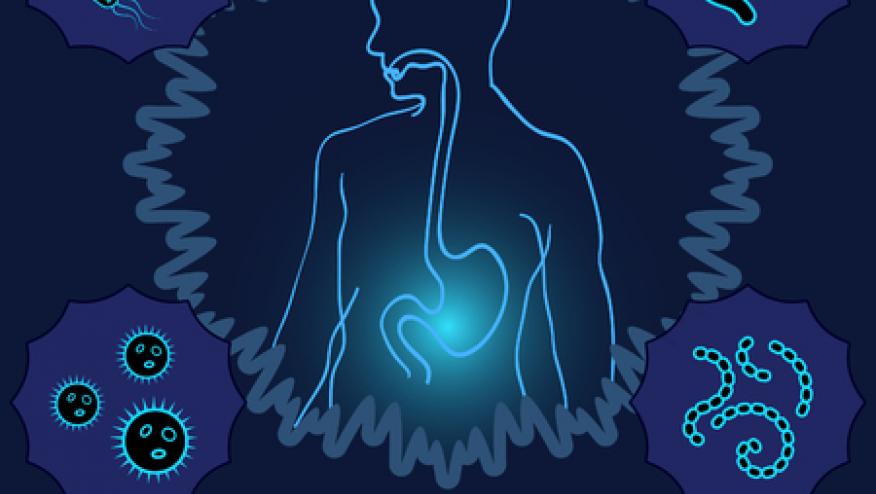The Microbiome and Lupus Connection Reviewed Save

In the current issue of the New England Journal of Medicine, Drs. James Rosenbaum and Gregg Silverstein review the pathogenesis of systemic lupus erythematosus (SLE) from the viewpoint of a dysbiolsis.
The complexity of the trillions of organisms that constitute our microbiome underscores its multiplicity of functions, including nutrient, metabolic and immune shaping functions.
It is therefore not surprising to consider new lines of evidence point to the potential of a dysbiolsis contributing to the pathogenesis of SLE. Recent evidence includes:
- Manfredo Vieira et al. has shown that the gram-positive bacterium Enterococcus gallinarum has a causative role in a murine lupus model.
- Oral antibiotics may extend the lifespan of lupus prone mice and lower autoantibody production
- Lupus-prone mice have increased bowel permeability that can be diminished with certain antibiotics.
- Certain bacteria such as E. gallinarum, can induce cells to produce interferon-α and beta-2 glycoprotein 1 and induce lupus-like disease in mice.
They speculate whether these findings may drive and contribute to lupus and whether the microbiome could be therapeutically manipulated. Clearly, more research is needed.








If you are a health practitioner, you may Login/Register to comment.
Due to the nature of these comment forums, only health practitioners are allowed to comment at this time.